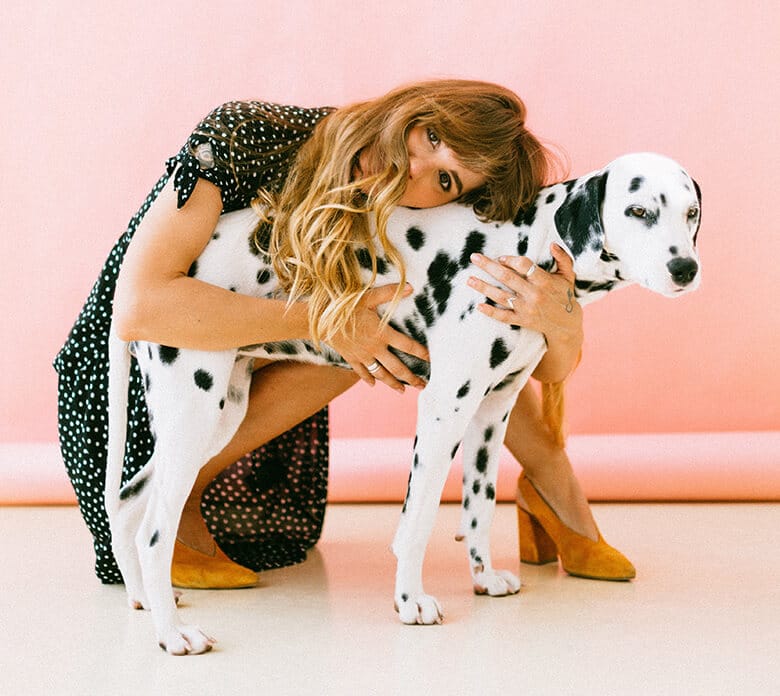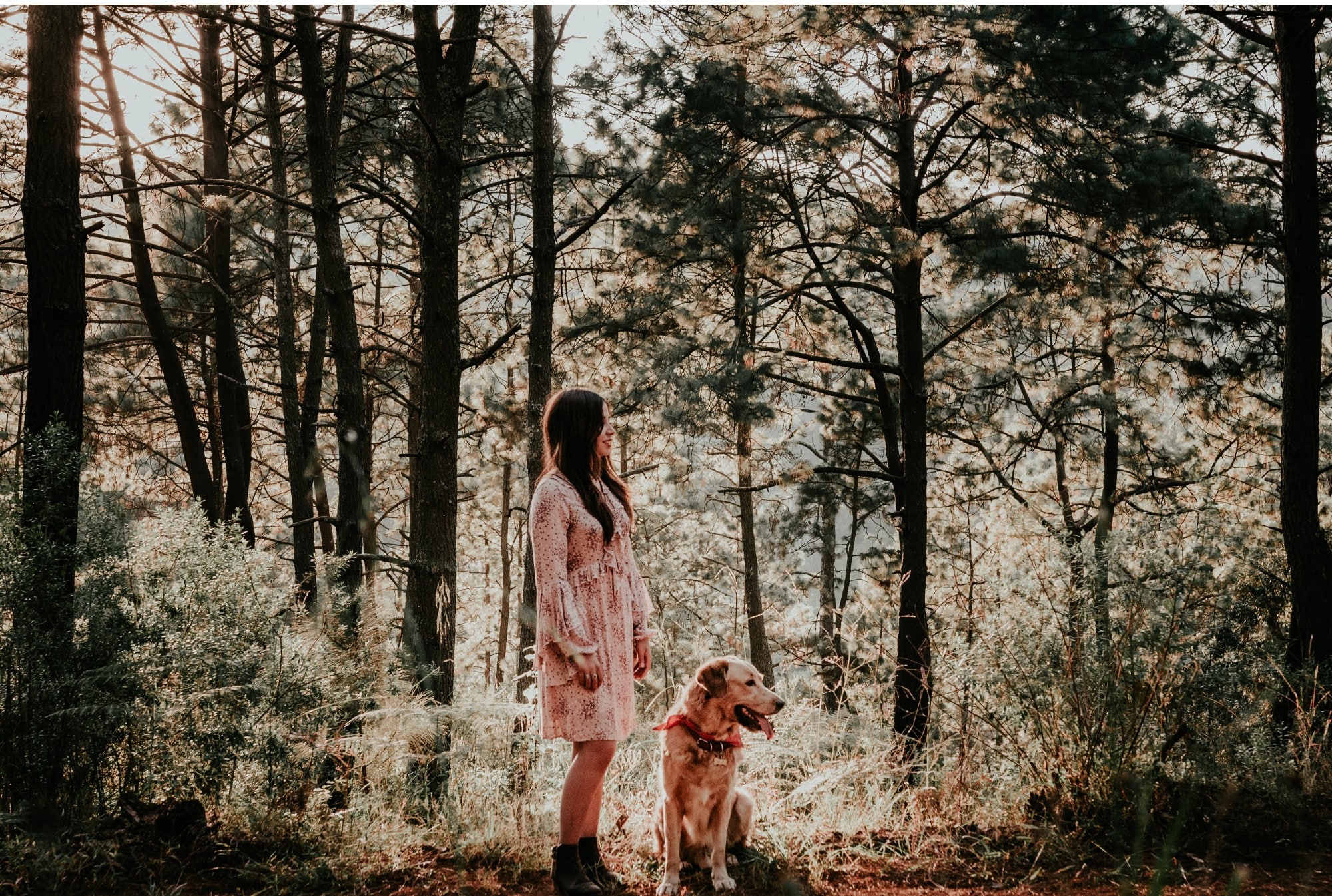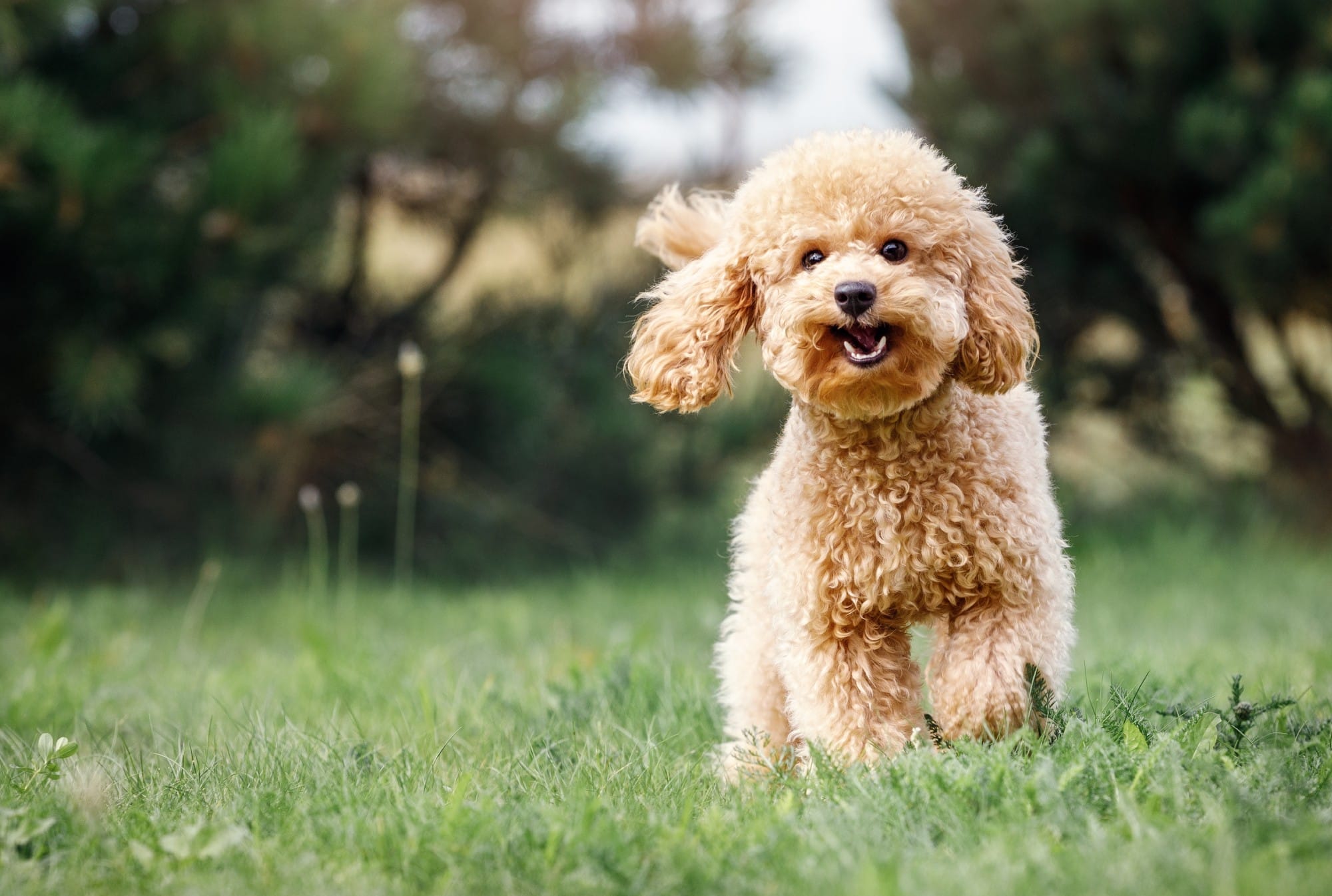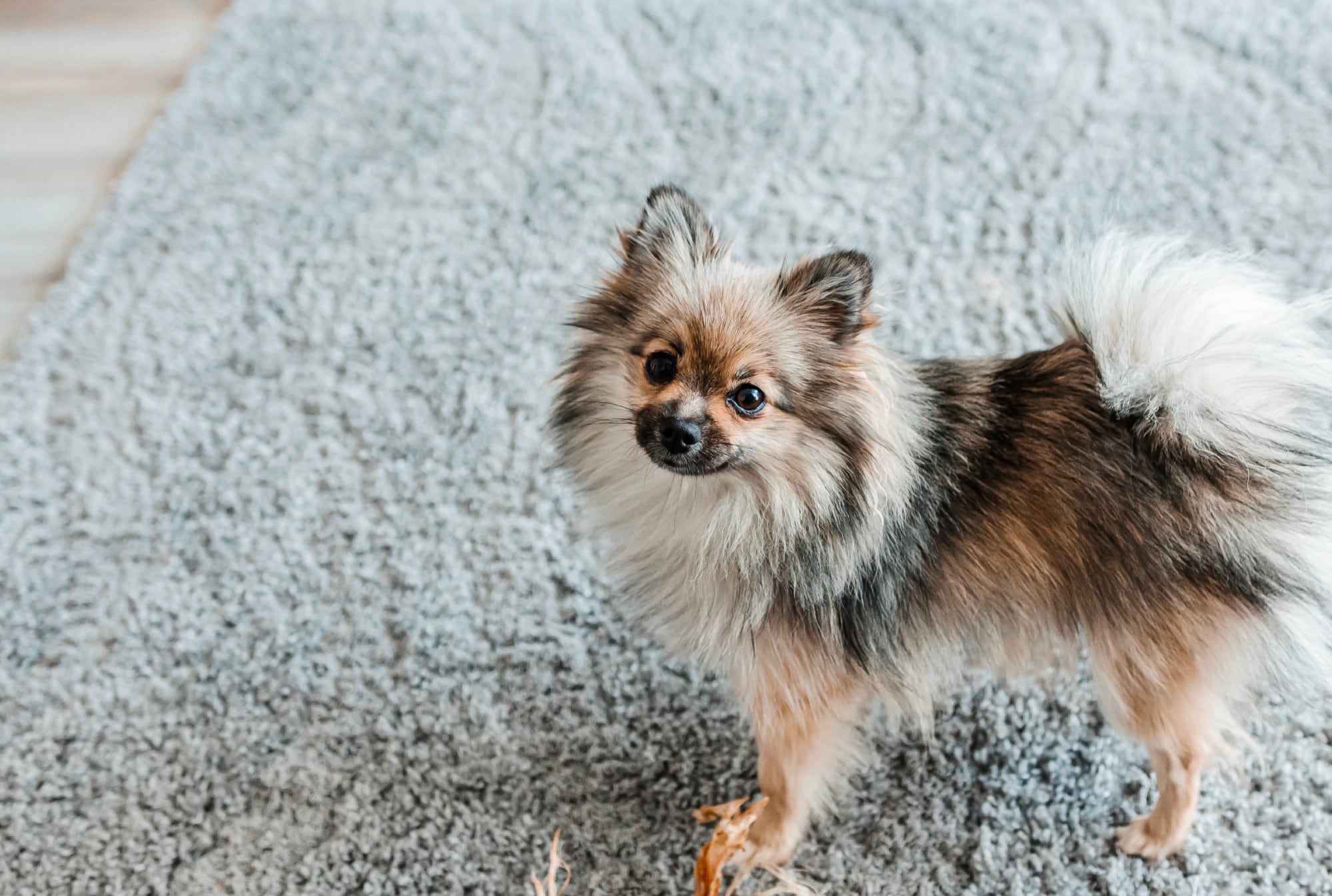It’s not easy leaving your dog at home for long periods. But when business trips, vacations and family events call, your four-legged friend often is left behind.
While being stressed out is natural (for both of you!), you can make the separation easier by preparing easy, yet thorough instructions for your dog sitter. It is so important, as it ensures your pup is maintaining a normal, safe routine while you are gone.
Related: The Best Dog Travel Bags to Carry All Their Supplies
So, what should you include in the instructions?
Here are a few tips:
Add all your contact details
Your contact details are probably one of the first things on the list to include on your dog-sitting instructions. You should include all phone numbers the dog sitter can reach you at, your email address, social media profile and any messaging services you use (like Slack). You should also tell your dog sitter the best way to contact you (e.g. phone, text or messaging). Other important contact details include the phone number to where you are staying, along with the phone numbers of anyone coming with you.
1. Include other contacts
What if the dog sitter can’t get a hold of you, who should she contact next? You need to have a back-up plan. Make sure you also leave contact information of friends, neighbors, co-workers and family members that can be reached in case of an emergency. (Of course, get their permission first.)
Also, it is super important to have contact information for your veterinarian. This should include phone numbers, email addresses, physical address and social channels. I also recommend providing information for emergency vet hospitals near you, even if you have never visited.
2. Provide locations of all dog things
Share where everything is for your dog’s daily routine. When it is walk time, you want your dog sitter to know where your best friend’s leash, collar, favorite ball and poop bags are.
For dinner time, where do you keep the food, water and bowls.
And for those extra special times (aka treats!), where do you keep the goodies.
Other places you should point out include, where you keep the cleaning supplies, important medication and anything else for your pup. This will make it a lot easier for the dog sitter and your pooch as well.
3. Share your dog’s schedule
Dogs like structure. So, whatever her schedule is on a daily basis, make sure, if at all possible, your pup keeps the same routine. Share with the dog sitter, the morning and evening routine, when your pup tends to go on walks, how often she needs to be let outside and when is feeding time.
Related: 9 Splurge-Worthy Places You Can Take Your Dog to Celebrate National Dog Day
4. Provide information on meds
When it comes to your dog’s health, you need to make sure your sitter knows of any and all medications your pup is taking. Besides the kind of medication, it is important to share the dosage, how often and any tricks you can use to ensure the pup actually takes the meds (e.g. peanut butter, cheese or treats to hide the pills).
If your dog requires something besides pills — shots, eye drops or ointments — make sure the sitter is comfortable. I’d recommend having the person try doing it in front of you a few times. You can also make a video of the process. Also, have your vet’s information available, if any issues arise.
5. Explain the quirks
Every dog is unique, including her idiosyncrasies. Make sure you share with your dog sitter your pup’s quirks. Is your dog scared of boxes, hates to sleep alone, can’t stand cold water or takes a particular toy to bed? Write these down to make sure everyone is on the same page.
Same goes with your dog’s behavior with other canines. Is your dog leash aggressive, has an issue with doodle breeds or can’t stand the neighbor’s pup? These behaviors are important to share with the sitter, as they can keep your dog (and others) safe.
While writing dog-sitting instructions may seem tedious, it can save you millions of calls and texts from a concerned dog sitter. Plus, it keeps your pooch happy and safe while you are away.
Related: This Year’s Top 10 Dog-Friendly States in America


















